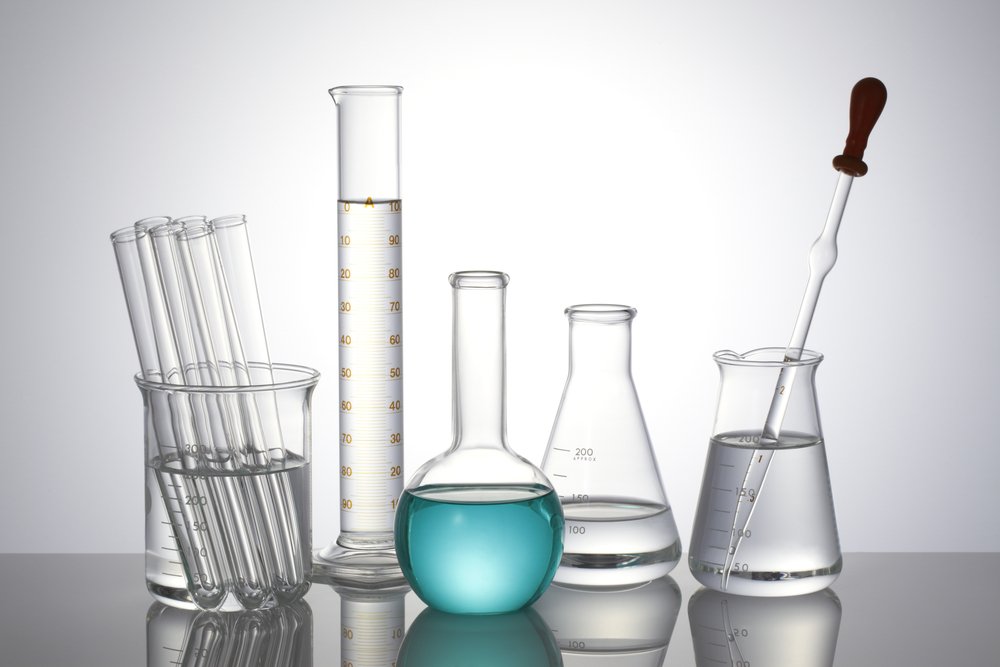Science Test Tube: Essential Equipment for Every Laboratory

Introduction
Testing science test tube are essential to scientific study and experimentation. The late 19th-century invention of cylindrical glass containers is today essential in chemistry, biology, and medicine. Test tubes and related apparatus are essential to experiment accuracy and efficiency despite their simple form. This page covers test tubes’ kinds, purposes, and important lab equipment. We want to give a complete overview to help rookie and professional scientists understand and apply test tube-based experiments.
The Evolution of Test Tubes
Since their invention, test tubes have changed. They were initially glass tubes for mixing or heating. Today, they are made of different materials, forms, and sizes for different investigations. Understanding their evolution shows their relevance and applicability to current science.
Early Designs and Material Changes
Glass test tubes were first used for their transparency and chemical resistance. Early designs were simple, linear, and open-ended. However, test tube design and materials improved using scientific methods. The mid-20th century advent of borosilicate glass improved temperature resistance and durability. Due to its capacity to tolerate high temperatures and chemical reactions without breaking or reacting, this material became the lab standard.
Modern Innovations
Recent advances in synthetic materials like plastics have transformed the test tube business. Polypropylene and polystyrene are cheaper, lighter, and break-resistant. These new materials are beneficial in fieldwork and other contexts where breaking is a possibility. Polymer science has also developed test tubes with anti-fog coatings or chemical resistance.
Understanding the various types of test tubes and their specific applications is crucial for effective laboratory work. Designers create each type of test tube to meet different experimental needs, and selecting the appropriate one can significantly impact the outcome of an experiment.
Traditional glass science test tube are chemical-resistant and transparent. In colorimetric tests, they are employed for visual observation. Clear glass test tubes are useful for chemical reactions, bacterial cultures, and microscopic investigations because scientists can easily observe solution changes.
Subtypes of Glass science test tube
Borosilicate Glass Tubes: These are the most common type of glass test tubes, known for their resistance to thermal shock and chemical corrosion. They are widely used in both educational and professional laboratories due to their durability and reliability.
Quartz Glass Tubes: Quartz glass test tubes are used for high-precision applications, particularly in spectroscopy. Their high purity and transparency make them suitable for experiments that require minimal interference from the test tube material itself.
Plastic Test Tubes
Plastic test tubes have become increasingly popular due to their affordability and practicality.
Polypropylene Test Tubes: Known for their chemical resistance and durability, polypropylene test tubes are commonly used in biological and medical laboratories. They can withstand high temperatures and are often used for autoclaving.
Polystyrene Test Tubes: These are more affordable and are used primarily in educational settings. They are less resistant to high temperatures but are suitable for many basic laboratory applications.
Specialized Test Tubes
Certain experiments require specialized test tubes with unique features.
Centrifuge Tubes: These tubes withstand the high-speed spinning of centrifuges, typically made from high-strength plastics with graduated markings for precise measurements.
Cryogenic Tubes: These tubes store samples at extremely low temperatures and use materials that endure the stresses of cryogenic freezing and thawing.
Essential Equipment for Using Test Tubes
Beyond the test tubes themselves, a variety of supporting equipment is necessary to ensure accurate and efficient laboratory work. This equipment helps in handling, storing, and manipulating test tubes and their contents.
Test Tube Holders and Racks
Test Tube Holders: These are essential for safely handling hot or hazardous test tubes. Additionally, technicians use laboratory detergents and disinfectants to ensure that test tubes are free from residues and microorganisms.
Cleaning test tubes is a critical step in maintaining their functionality and preventing cross-contamination. Test tube brushes specifically clean the interior surfaces of test tubes thoroughly. They come in various sizes and shapes to fit different tube diameters and lengths.
Test Tube Stoppers and Caps
Heating and Cooling Devices
Bunsen Burners: Bunsen burners are commonly used to heat substances within test tubes. They provide a controlled flame that allows for precise temperature adjustments. Proper use of a Bunsen burner requires understanding its flame characteristics and safety protocols.
Water Baths: Water baths are used for heating test tubes in a controlled manner. They distribute heat uniformly and often support experiments that require precise temperature conditions.
Best Practices for Test Tube Usage
Proper handling and usage of test tubes are crucial for obtaining accurate results and ensuring safety in the laboratory. Following best practices helps in maintaining the integrity of experiments and prolonging the lifespan of test tubes and their accessories.
Proper Handling and Storage
Test tubes should be handled with care to prevent breakage or contamination. Using appropriate holders and racks helps in maintaining organization and safety. Store science test tube in a secure, clean environment to prevent accidental damage or exposure to contaminants.
Cleaning test tubes thoroughly after each use is essential to prevent cross-contamination. Use test tube brushes and appropriate cleaning solutions to remove residues and microorganisms. For experiments requiring sterile conditions, autoclaving or using chemical sterilizers may be necessary.
Safety Considerations
Safety is paramount in any laboratory setting. Always wear appropriate personal protective equipment (PPE), such as gloves and safety goggles, when handling test tubes. Acknowledge the potential hazards associated with the substances you are using, and follow safety protocols for heating, cooling, and handling reactive or hazardous materials.
Test tubes, despite their simplicity, are fundamental to scientific research and experimentation. Understanding their types, applications, and the essential equipment required for their use enhances the efficiency and accuracy of laboratory work. By following best practices and utilizing the appropriate supporting equipment, scientists can ensure reliable results and maintain a safe working environment.
FAQs
What is a science test tube?
Laboratory science test tubes are cylindrical glass or plastic tubes used to contain, combine, or heat tiny amounts of chemicals. Open end and rounded bottom are usual.
What materials are test tubes made from?
The heat-resistant and durable borosilicate glass or polypropylene used to make test tubes is ubiquitous. Use and chemicals determine material choice.
How do you use a test tube in a laboratory setting?
How should you clean and sterilize test tubes?
Wash test tubes with soap and water to remove residues. The laboratory can autoclave them at high pressure and temperature or use chemical disinfectants to sterilize them.










